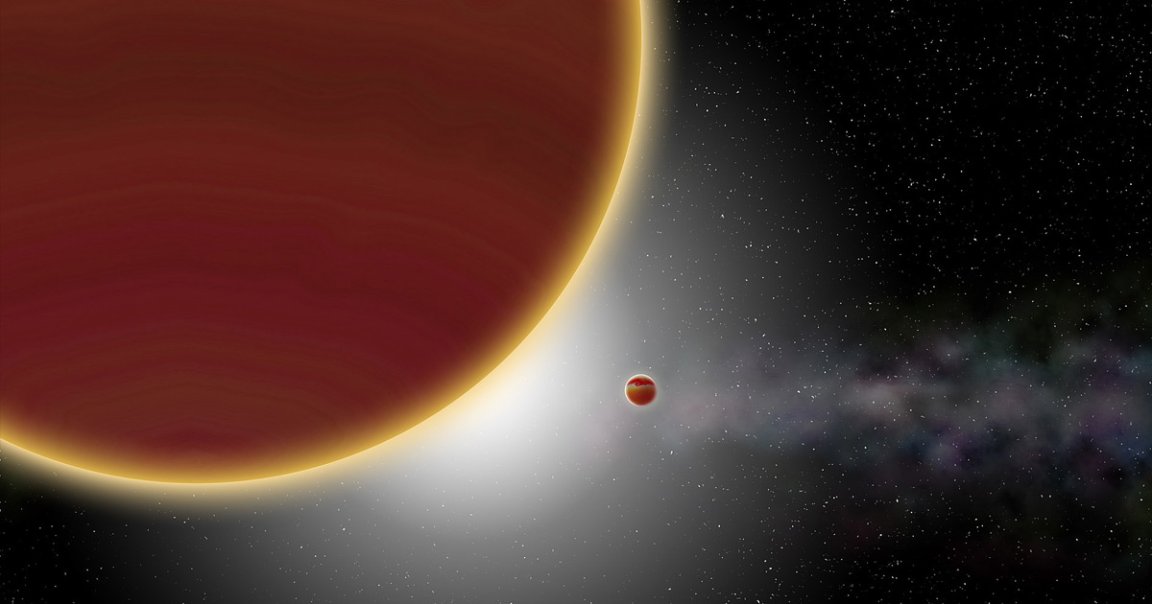
Using the Very Large Telescope (VLT) in Chile, a team of astronomers say they’ve managed to confirm the existence of an exoplanet — by taking an actual picture of it.
The planet, called “b Pictoris c,” is located some 63 light-years away from Earth in the Beta Pictoris system. Using the new brightness and dynamic mass information they’ve gleaned by imaging it, they’re hoping they can zone in on how it may have been formed.
Researchers first discovered the existence of the planet by studying the effects it had on its parent star’s orbit. The planet orbits its star at an extremely close distance, making it difficult to image it by itself.
The team used a technique called “radial velocity method” that has been used for years to detect hundreds of exoplanets — but never to study exoplanets themselves directly.
By combining images from VLT’s four telescopes, the team was able to hone in on the location with extreme detail, which also enabled them to snap a picture of it — the first time an exoplanet was able to be confirmed through both the “radial velocity method” and direct imaging.
“This means, we can now obtain both the brightness and the mass of this exoplanet,” Mathias Nowak, lead author on the paper published in the journal Astronomy and Astrophysics last week, explained in a statement. “As a general rule, the more massive the planet, the more luminous it is.”
Before we can determine its mass, the team will have to wait for enough radial velocity data to come in. And that might take some time: one full orbit of the exoplanet takes 28 Earth years.
“It is amazing, what level of detail and sensitivity we can achieve with GRAVITY,” Frank Eisenhauer, lead scientist of the GRAVITY project at the Max Planck Institutes for Astronomy and Extraterrestrial Physics, said in the statement.
“We are just starting to explore stunning new worlds, from the supermassive black hole at the center of our galaxy to planets outside the solar system,” he added.
READ MORE: Astronomers Directly Image Planet 63 Light-Years Away [ExtremeTech]
More on exoplanet: An Earth-Sized Planet Is Floating Around Without a Star